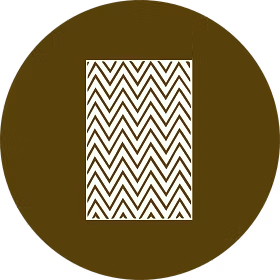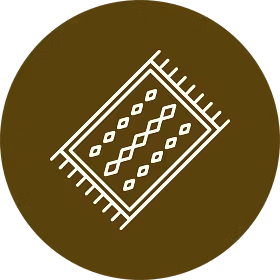
In ancient India, the weaver was regarded as untouchable. A definition that was misapplied, genuinely suited exclusively to their abilities. An array of rugs is made using a variety of weaving processes, and the technique employed can affect the design, pricing, and durability of the rug as well as its quality.

Hand-Tufted
An artisan tufts yarn into a fabric that is outlined with a design using a tufting gun. The outline guides the artisan to identify which colours go where to create the final design that forms the rug.

Hand-Knotted
A craftsman ties individual knots on each warp thread on a loom set up with warps, going line by line. When a line is finished, it is held in place with a weft thread before the following line of knotting begins.

Hand-Loom
This particular form of weaving appears to be similar to handloom textile weaving. To generate a thick fabric, the warp and weft are substantially thicker, and the rug's yarn is threaded through in between the interlocking.

Flat-Weave
A flatweave is composed unrestricted of interlocking warp and weft threads; the colours are determined by the thread, and the design can be determined by numerous interlocking styles.

Pit-Loom
A type of loom that is fit in a pit where the artisan makes the rug through the use of pedals, and normally the base of pit loom is stronger than handloom & can go without using latex.
